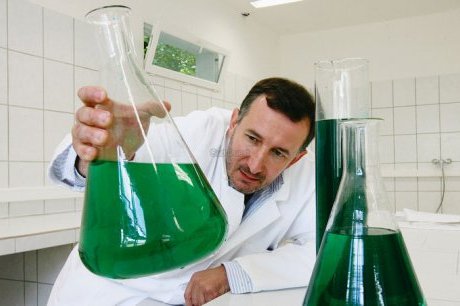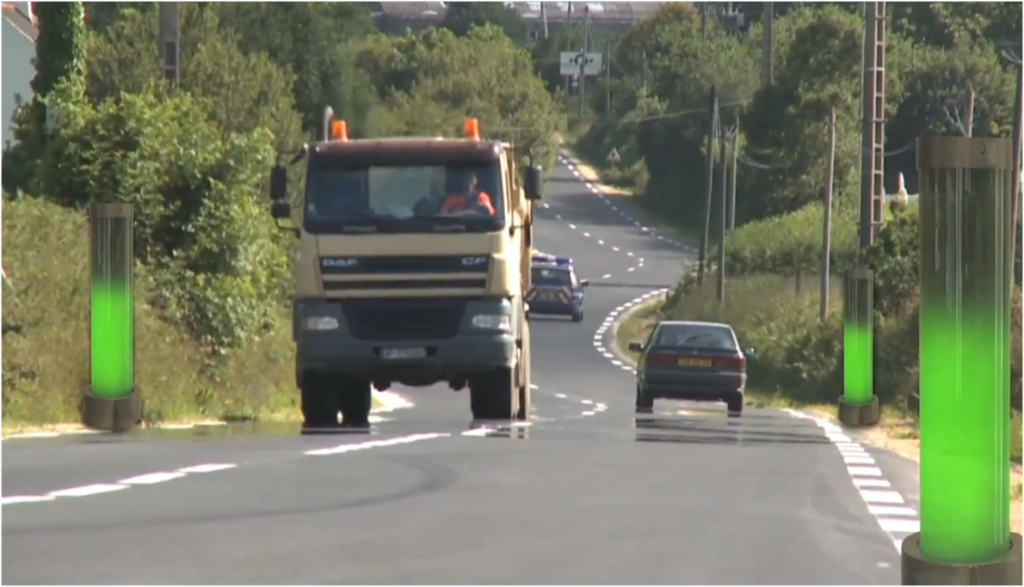Fermentalg. CO2-absorbing algae street lamp.
Based just outside of Bordeaux, France, biotech Fermentalg is designing a groundbreaking street lamp that absorbs enormous amounts of CO2, over 150-200 times more than a tree -- using microalgae.
French biochemist Pierre Calleja founded Fermentalg in 2009 to exploit the wonders of microalgae for many applications from fuel to health to the fishing industry.
The microalgae street lamp is a tube-shaped tank filled with green algae. Each street lamp absorbs 1 ton of CO2 per year, more than 150-200 times more than a tree.
As 25% of carbon emissions come from car exhaust, placing these sci-fi looking street lamps on roads and parking lots could have an enormous impact on CO2 emissions.
Moreover, the lighting structure of the lamp operates on a battery that charges during the day by "microalgal photosynthesis". I understand that the microalgae will feast on CO2 and sunlight to grow and produce sugars - but I'm still unclear about how this energy is converted to charge a battery. Clarification anyone?
The algae street lamp was recently tested in a parking lot in Bordeaux.



